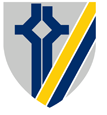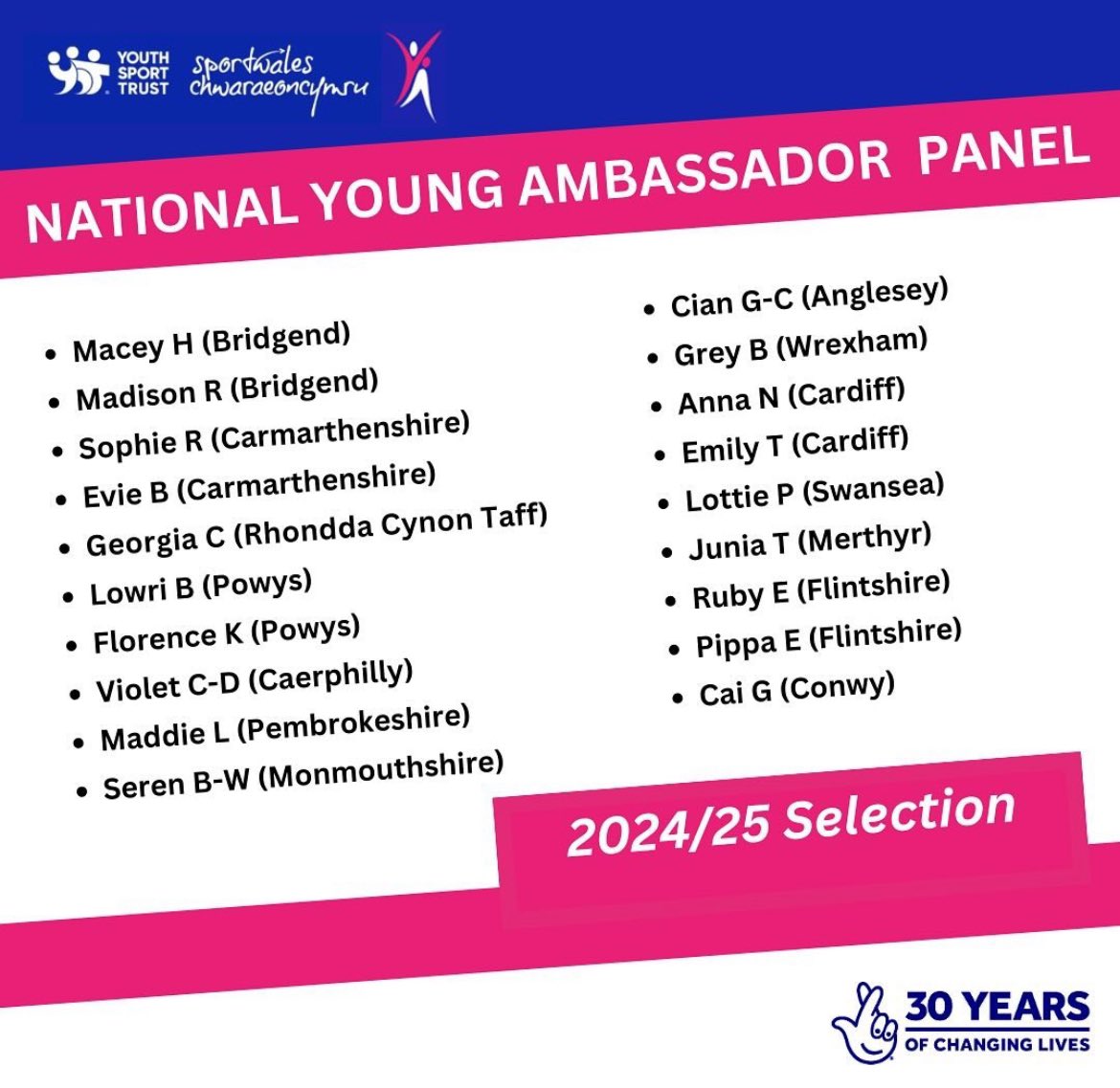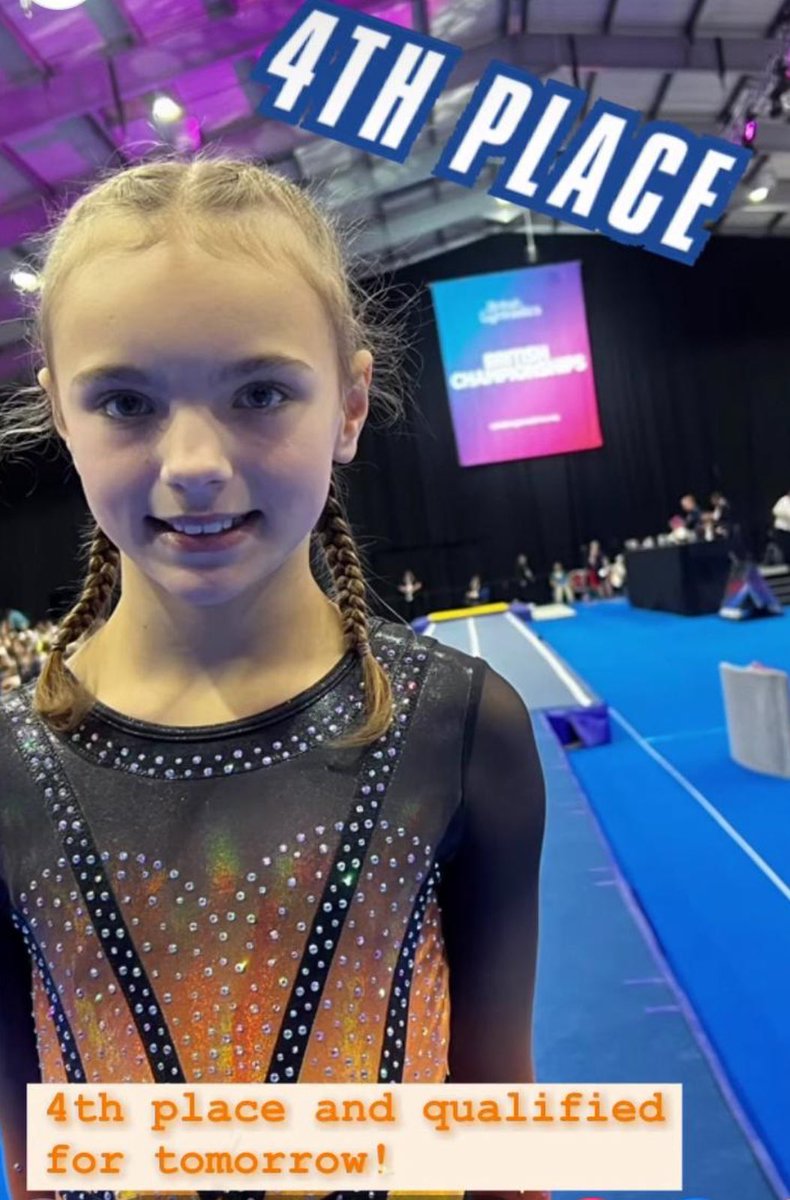Remote Learning
'Remote learning’ is intended to refer to any learning which takes place when students are away from school. The school has produced a guidance document which has been established in light of the Welsh Government continuity of learning programme. This also takes into account updated guidance by Welsh Government, released in January 2021, in relation to ‘Live-streaming and video-conferencing: safeguarding principles and practice’.
Our Approach to Remote Learning
The school's approach has been established in light of the review of the evidence on remote learning published by the Education Endowment Foundation (EEF) as part of their package of resources to support schools, during periods of full and/or partial closure. It is recognised that there are many interpretations to how distance learning could be delivered. However, it is broadly accepted that there are two forms available
- Asynchronous learning where students complete activities independently, at different points in time, based on their own wishes and/or home circumstances;
Examples of Asynchronous lessons
Mathematics; Chemistry; and History.
- Synchronous learning where students complete activities with multiple students and staff at the same time, usually online. These are more commonly known as ‘live-streaming’ or ‘live-lessons’.
Recognised Benefits
The Education Endowment Foundation's rapid evidence assessment examines the existing research (from 60 systematic reviews and meta-analyses) for approaches that schools could use, or are already using, to support the learning of students while schools have reduced operations or school closure. A copy of the evidence assessment is available here.
The school recognised that asynchronous approaches to learning provide greater flexibility for students and can be easier for parents/carers and students to manage at home. It may reduce anxiety of some students who may struggle to maintain pace of synchronous lessons. However, synchronous approaches to learning, such as ‘live-streaming’ may be practical and appropriate in certain circumstances. This is particularly the case in support of student engagement. Synchronous or ‘live-streaming’ lessons with students can also be very useful for maintaining contact with students and staff. A further advantage being that feedback to students is more interactive.
In determining our approach, the school has drawn on the EEF’s findings, which conclude that when implementing strategies to support students’ remote learning, or supporting parents/carers to do this, key things to consider include
- Teaching quality is more important than how lessons are delivered;
- Ensuring access to technology is key, especially for disadvantaged students;
- Peer interactions can provide motivation and improve learning outcomes;
- Supporting students to work independently can improve learning outcomes; and
- Different approaches to remote learning suit different types of content and students.
Revised approach from January 2023
There is much public debate about the merits of each type of learning. Welsh Government guidance is clear that accountability for distance/remote learning rests with individual schools. Therefore, our decision on the approved approach to distance learning has been made in light of this independent guidance.
The school’s approach to distance learning will depend on the specific needs and circumstance of the class being taught. Asynchronous lessons permits students to undertake work independently, at a pace suitable to their needs, as well as supporting the delivery of content in a more flexible manner. These lessons are likely to include classroom teachers providing accompanying videos and/or voice overlays to the planned resources in order to support deeper understanding through providing greater clarity of instruction and feedback for understanding.
While there are many strengths to asynchronous learning, it is recognised that limited interaction with staff may have a limiting factor to motivation and the quality of learning taking place. As a result, the school will also provide all year groups will synchronous or ‘live-streaming’ experiences on a regular basis. The ambition of the school is that students can expect, on average, to receive around half of lessons via this format. This balance is designed to support student engagement. Synchronous lessons will be delivered via Google Meet which students can access through Google Classroom. Please see the student tutorial at the bottom of this page if you need any support with using this platform. All synchronous lessons will be communicated to students via Google Classroom in advance.
How our model fits with 'The Five Principles of Excellence'
We have invested heavily in staff training to ensure that our approach to distant/remote learning fits in with our framework for teaching ('The Five Principles of Excellence'). This is underpinned by The Accelerated Learning Cycle. The approach is designed to incorporate much of the latest thinking around how students make the most effective progress. Specifically, revised words and phrases are incorporated into our teaching so that students can make clear connections with the process of their learning.
- Connect and Engage (“Why”): This would introduce the topic of the lesson. It could, for example, be a teacher speaking over a PowerPoint resource, describing any aims or process of learning for the lesson. In some cases, this may include a short quiz to establish recall of prior knowledge.
- Explanation and Model (“We Do”): This would involve a teacher providing input to explain new learning and/or model understanding. For example, this could involve a visualizer to illustrate a worked example.
- Process and Demonstration (“You Do”): Students are given an opportunity, similar to a normal classroom environment, to attempt a task or series of tasks to complete. For example, the teacher may ask the student to pause the video to begin the work. This may involve subsequent materials, such as additional slides and/or research using the internet to complete task(s).
- Review and Improve (“Understand”): At this point, the teacher will review progress by describing common misconceptions. Using a visualizer, strategies, such as ‘My Favourite Mistake’ can be demonstrated along with WAGOLLs (What A Good One Looks Like) to support student understanding. At this stage, it may be appropriate for the student to revisit steps 1, 2 and/or 3 to grasp the learning more effectively. Work may be submitted, either in books or via Google Classroom. In line with the school’s learning and teaching policy, teachers will also provide feedback to students via Google Classroom. This will mirror the approach adopted in normal circumstances ie. WWW/EBI/EBR.
Support for families
We understand that during periods of lockdown, where nearly all students are working remotely, that families need support with helping their child access their learning.
Google Classroom Student Support Guide
Google Drive Student Tutorial
Google Meet Student Tutorial
For any questions related to distance learning, please contact Mrs O'Callaghan, Assistant Head by email.
"In all cases, it is important for teachers and school leaders to use their professional judgement in determining the support they provide their students and to monitor its impact on learning". Education Endowment Foundation













